Like most of the islands in the Mediterranean, Cyprus is a
rugged and mountainous place, at least large parts of it. Besides the Troodos
Mountains in the island’s center, there’s also a coastal mountain range across
the Turkish-occupied north. We spent most of two days high in Troodos.
Nestled in the pines at an elevation of about 4,000 feet,
Platres is one of the highest towns on the island and a cool mountain resort in
a country that can get beastly hot in summer.
I don’t usually comment much on hotels because to me they’re just a
place to sleep for a few hours a night. I prefer it to be quiet with working air
conditioning and fast WiFi, but otherwise I’m not going to pay a lot for
luxury. The Forest Park Hotel in Platres
is an exception, though, something between an American national park lodge and
something out of an Agatha Christie novel.
Finished in 1936, Forest Park is in somewhat of an Art Deco style and a
place where famous people and royalty have stayed. Their pictures on a corridor wall include
Indira Gandhi, Telly Savalas, Vaclav Klaus, Daniel Ortega, Erich Honecker, Willy
Brandt, U.
S. Diplomat Richard Holbrooke, and King Farouk of Egypt. And Daphne DuMaurier wrote several of her
novels while staying at Forest Park. A
very old man who seemed omnipresent, who I assumed was the hotel owner, pointed
out one picture from the opening in 1936 in which his father was standing next
to the British governor of Cyprus. The
Cyprus Brandy Sour, said to be the national cocktail of the island, was first
created in 1940 for a visit by King Farouk. Naturally I had to try one.
Mount Olympus, the highest point on Cyprus at 6,404 feet
(1,952 meters) is not far from Platres.
The road to the top ends abruptly at fence, the summit being off-limits
as a military base. Does that mean I can’t
count Cyprus as one of the countries whose high points I’ve been on? I got as close as I could. Believe it or not, there are actually some
ski slopes on the north side of the peak.
I should point out that Mount Olympus in Cyprus is distinct from the highest
mountain in Greece which has the same name and was considered the abode of the
gods in ancient Greek religion and mythology.
The Troodos highlands are heavily forested with pine trees and don’t
look much different from many areas in the Rocky Mountains.
Except for the human environment, that is, where villages
cling to the mountainsides or sprawl along valleys, connected by impossibly
narrow roads. The Troodos Mountains are home of the third of the three UNECO
World Heritage sites on Cyprus. Ten
painted churches of the Troodos region are together included on the list, some
of which date from as early as the 11th century.
The interiors of the churches are quite dark
from few windows and are almost completely covered with painted frescos. These
typically depict scenes from the life of Christ on the upper level (head height
and above) with portraits of the saints below. While beautiful, there is no
attempt at realism in Orthodox icon painting, even that in more recent
centuries when religious art in the western world was influenced by Renaissance
principles.
With winding roads, a late start, and wide distribution of
the ten listed churches, we made it to only three on our first day in the
mountains and two the next, but I think five out of ten was adequate to get a
good taste of the artwork and architecture. Our first day conquest included the
Church of Archangel Michael in Pedoulas, the Church of Panagia in Moutoullas,
and Agios Ioannis (St John) Lamadistis Monastery in Kalopanagiotis.
While not one of the UNESCO churches, the place that was
most highly recommended for us to visit was the high altitude Kykkos Monastery,
the largest and most important in Cyprus.
The artwork and decorations around
the cloisters is very shiny and modern looking, but almost all surfaces in the
church are covered in gold. Well, I’m
not sure if it’s real gold leaf or some other shiny golden material, but it was
almost blinding. The monastery also includes an impressive museum of icons and ecclesiastical
items and décor from the Byzantine era to the present.
I promised Rodrigo a gelato when we were finished with the
monastery so as to see the museum before it closed, but by the time we left the
gelato stand was closed. Luckily, monks
make and sell lots of their homemade goodies in their stores – cookies, honey,
sweets, wine, and liqueurs as well as Rosary beads, incense, and icons. Some orange cookies for the cub and a bottle
of red wine for me for later!

 Pano Platres, Limassol, Cyprus
Pano Platres, Limassol, Cyprus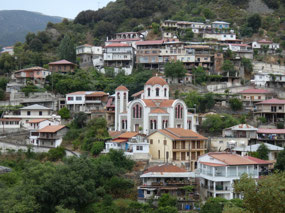

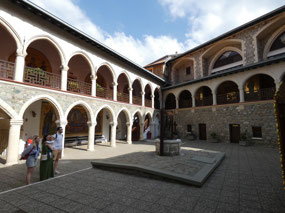




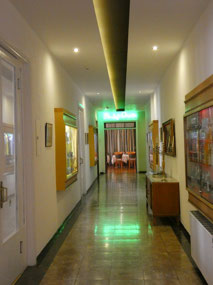
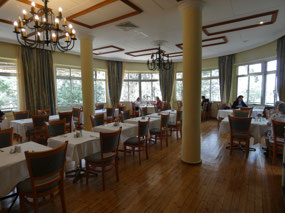

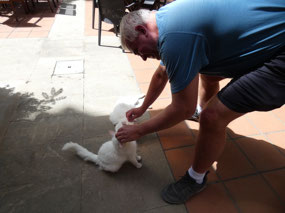
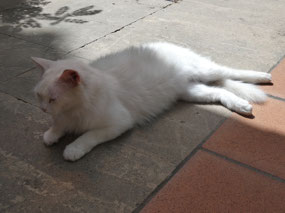
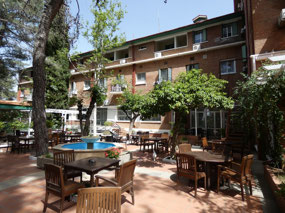
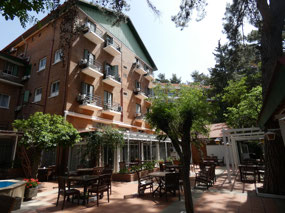
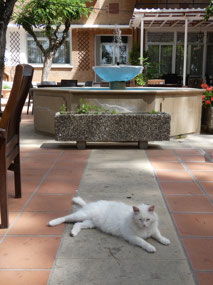
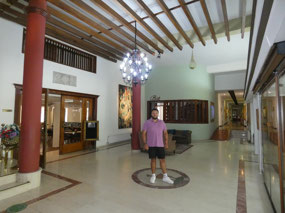
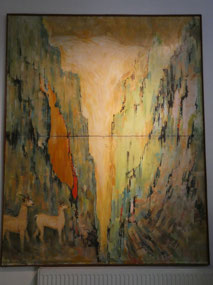
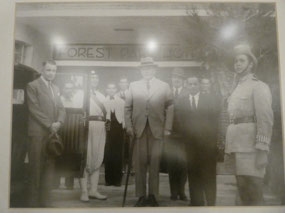
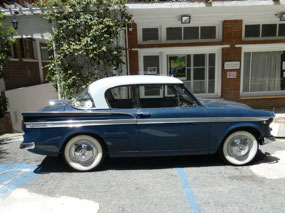
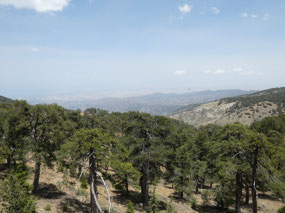
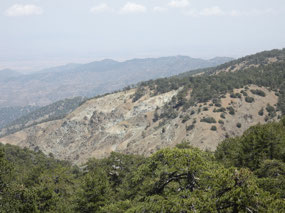
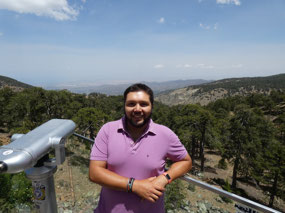
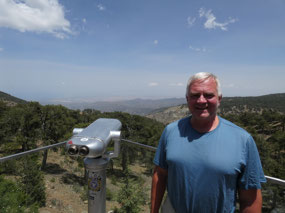
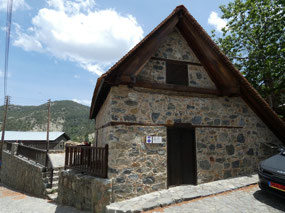
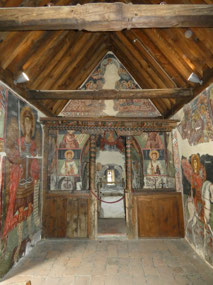
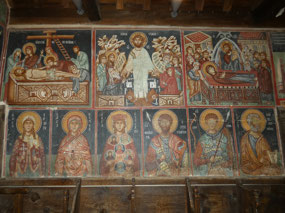
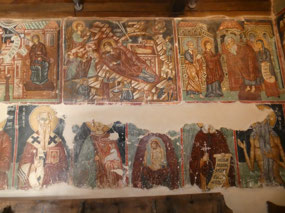
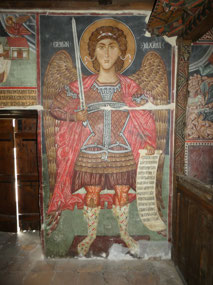
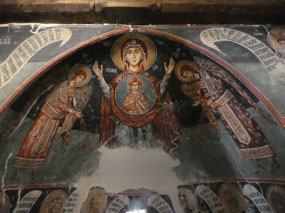
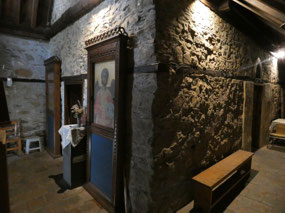
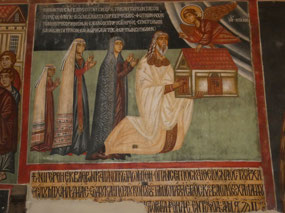
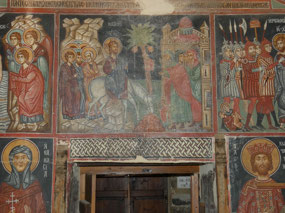

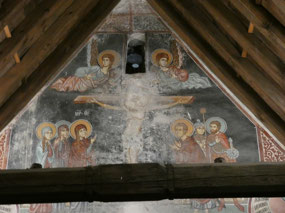

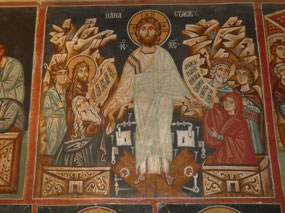
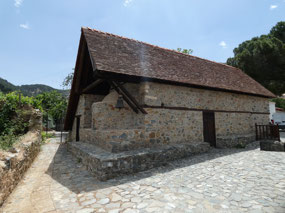
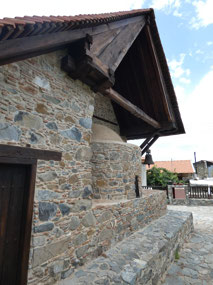
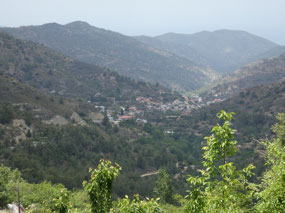
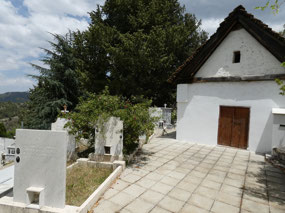
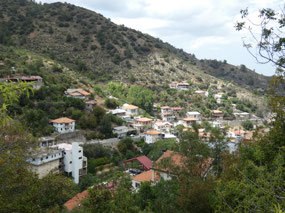
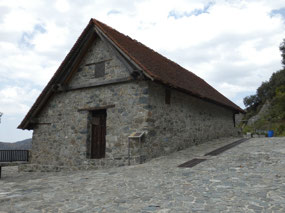
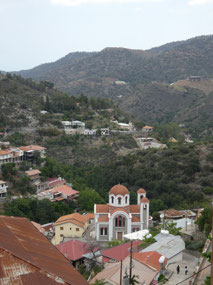
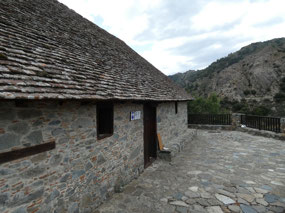
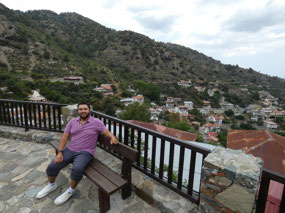
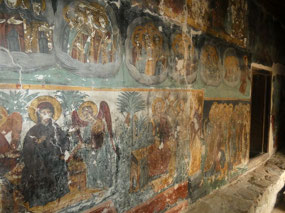
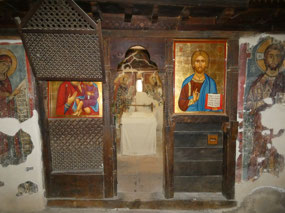
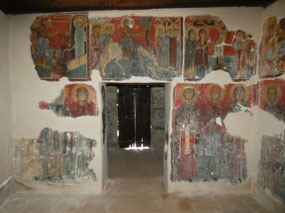
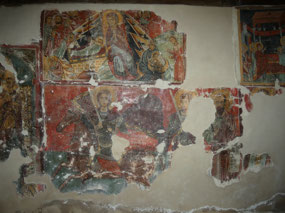
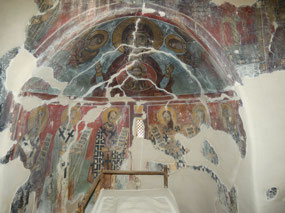
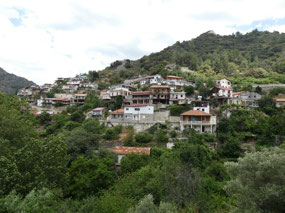
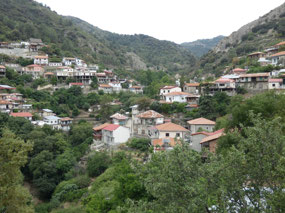
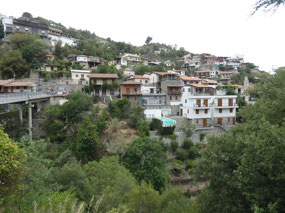
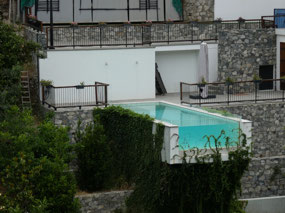
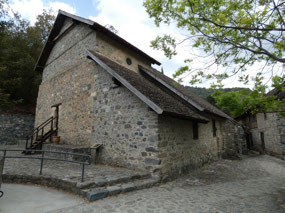
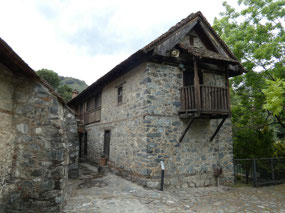
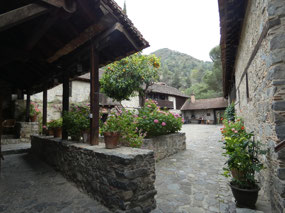
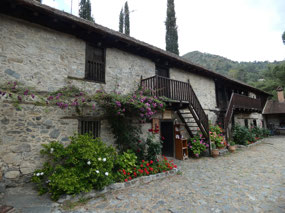
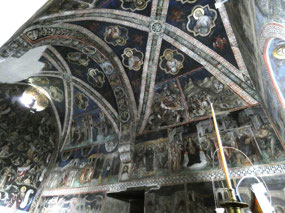
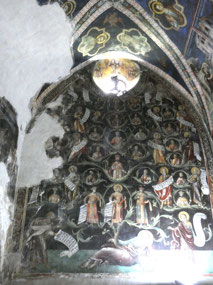
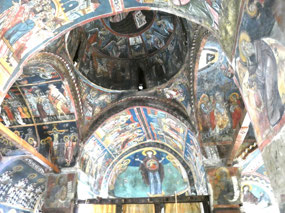
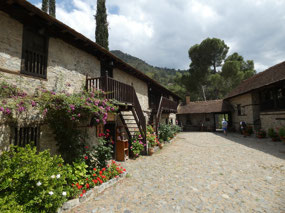
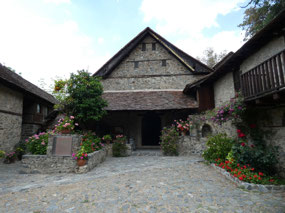
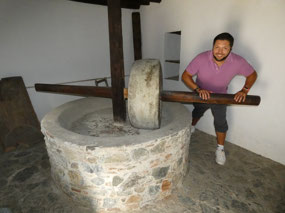
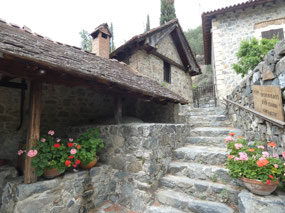
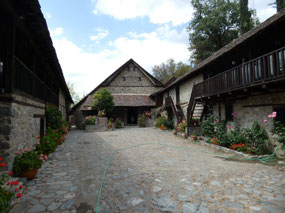
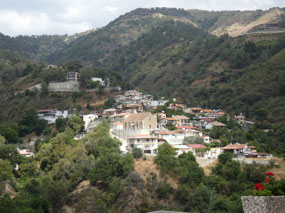
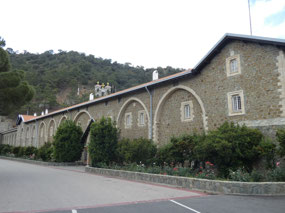
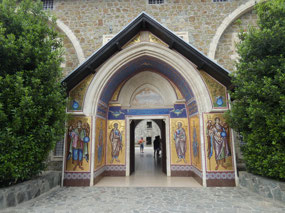
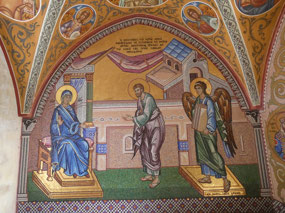
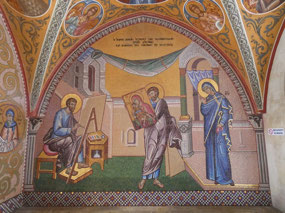
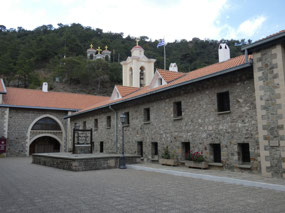
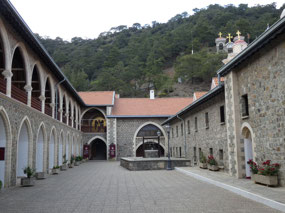
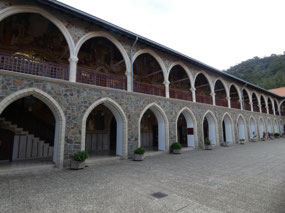
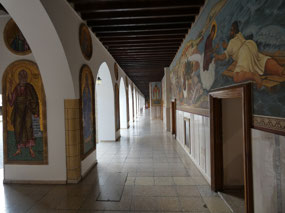
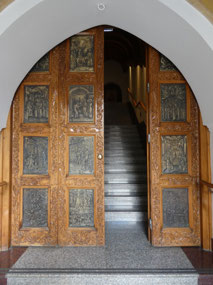
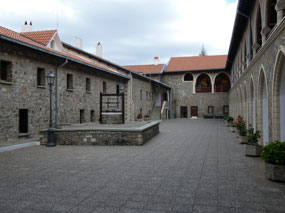
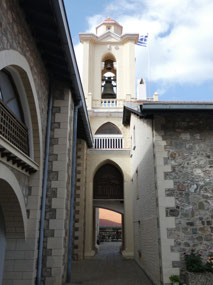
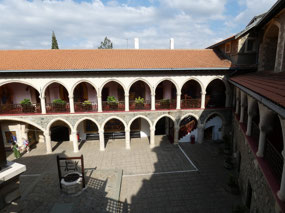
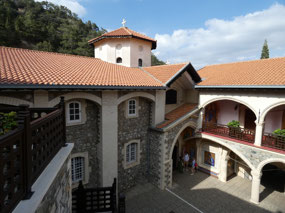

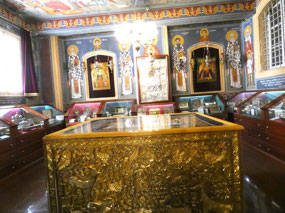
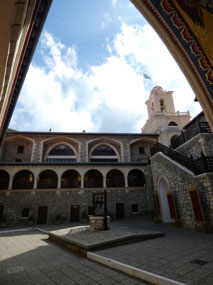
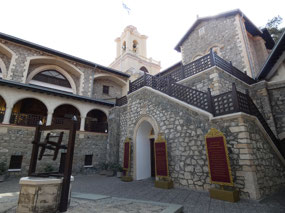
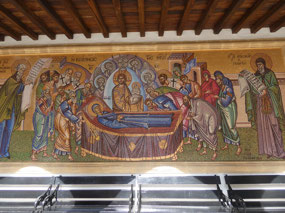
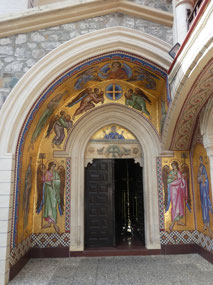
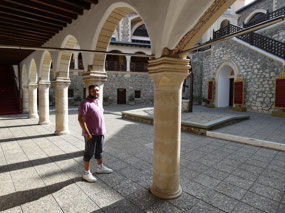
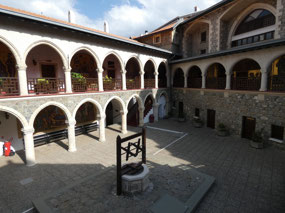
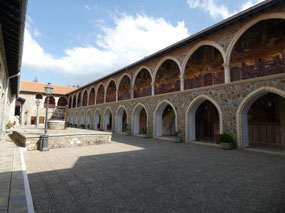
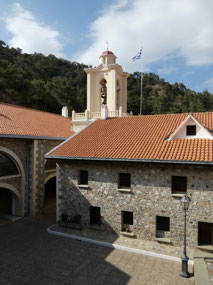
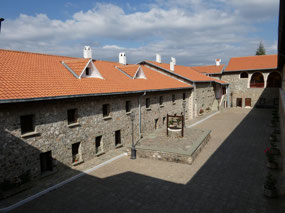
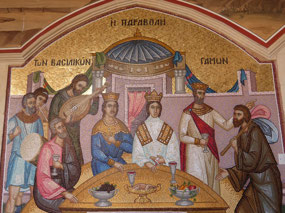
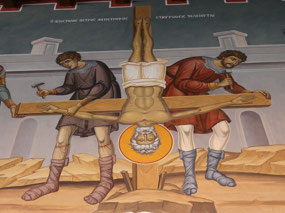
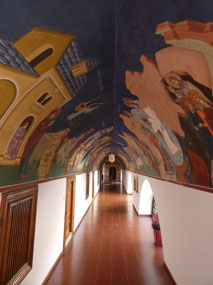
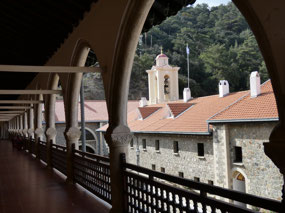
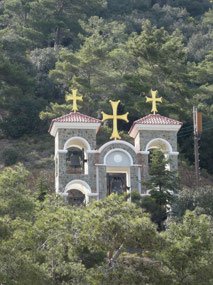
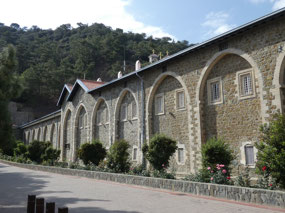
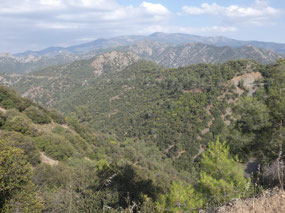
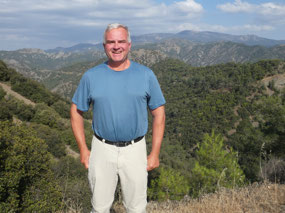
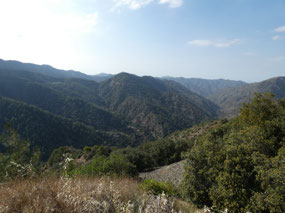
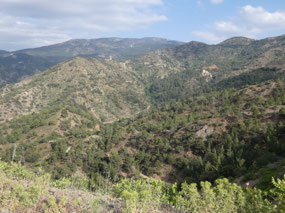
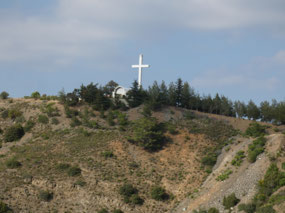
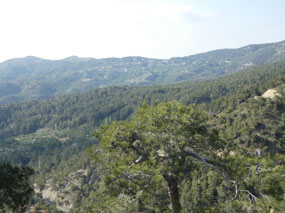
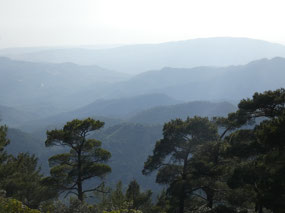
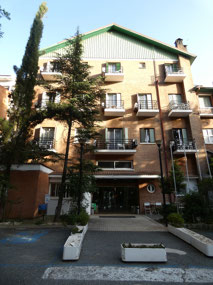
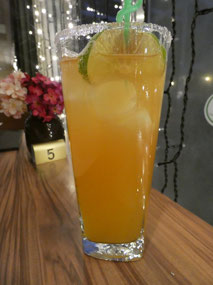
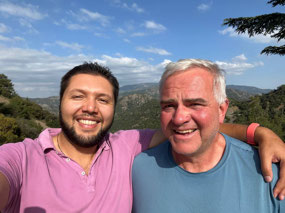
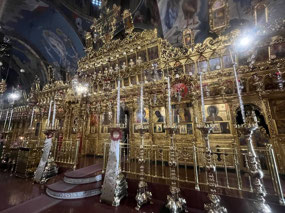
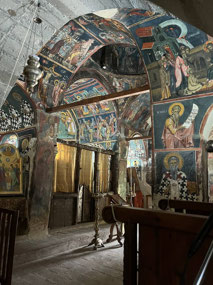
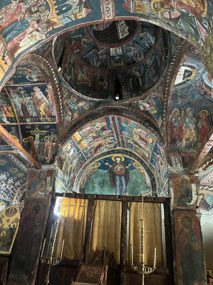
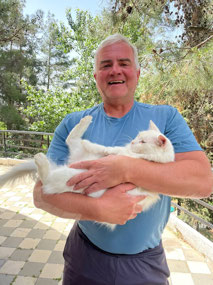
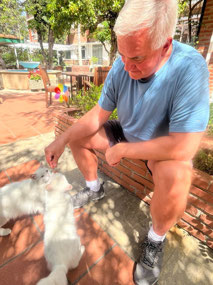
2025-05-23